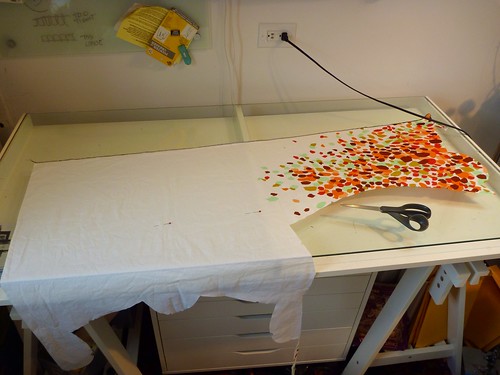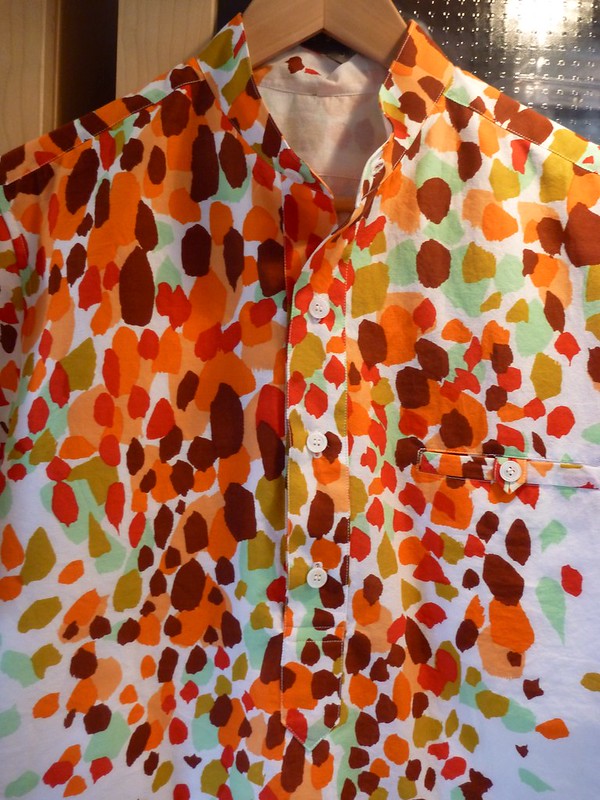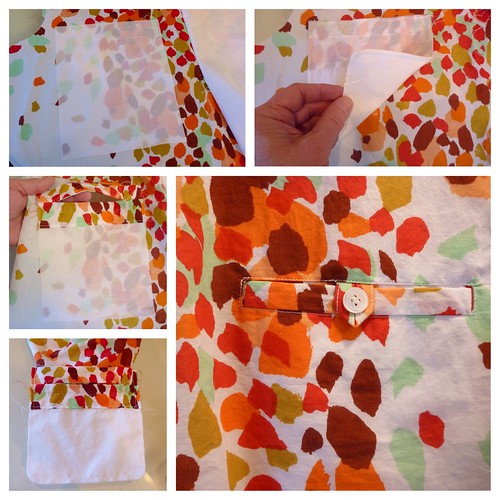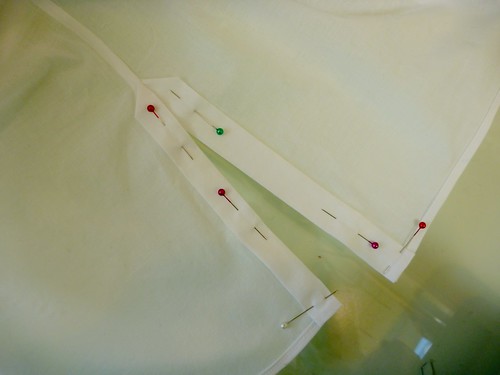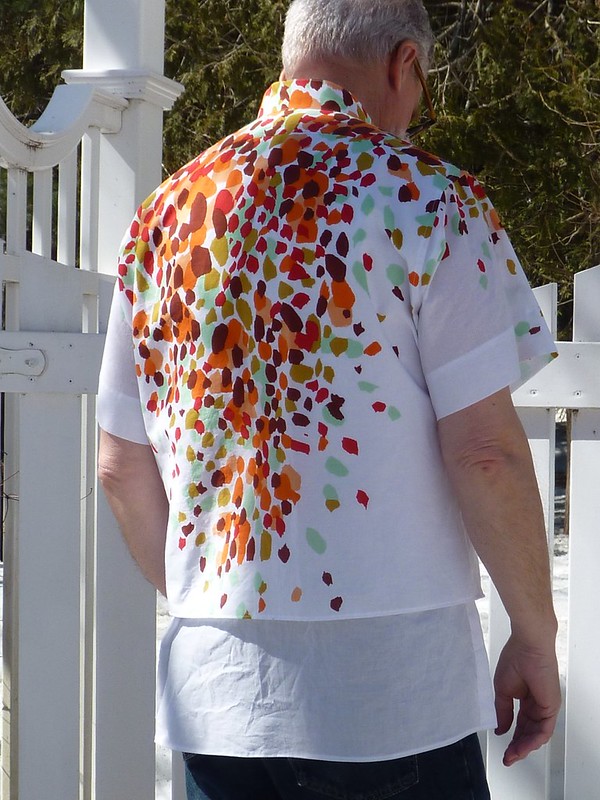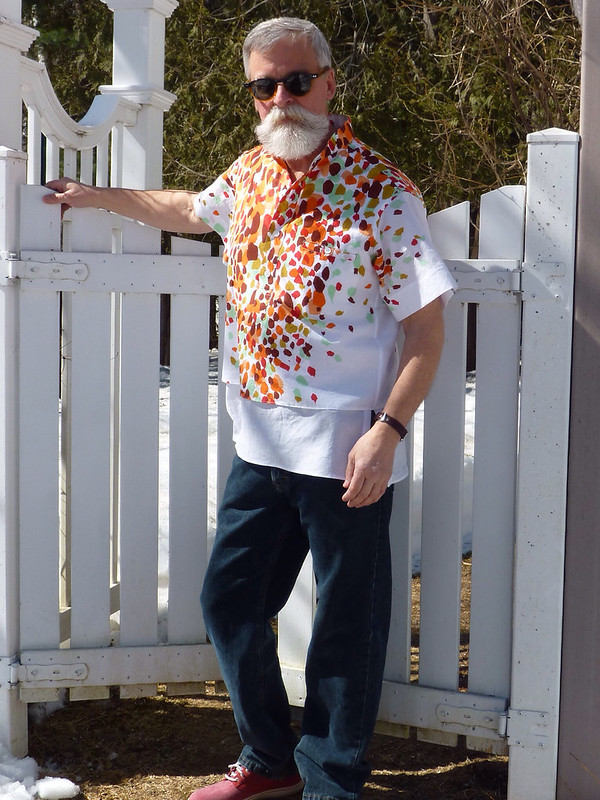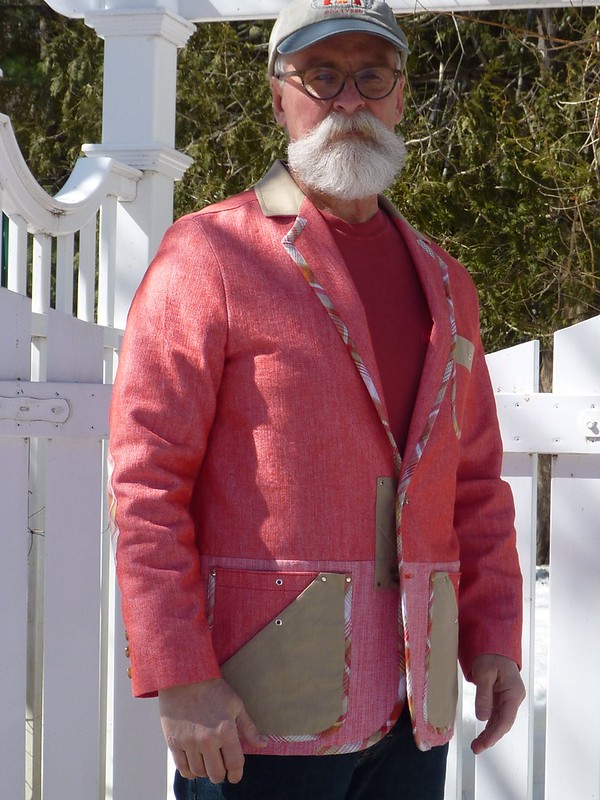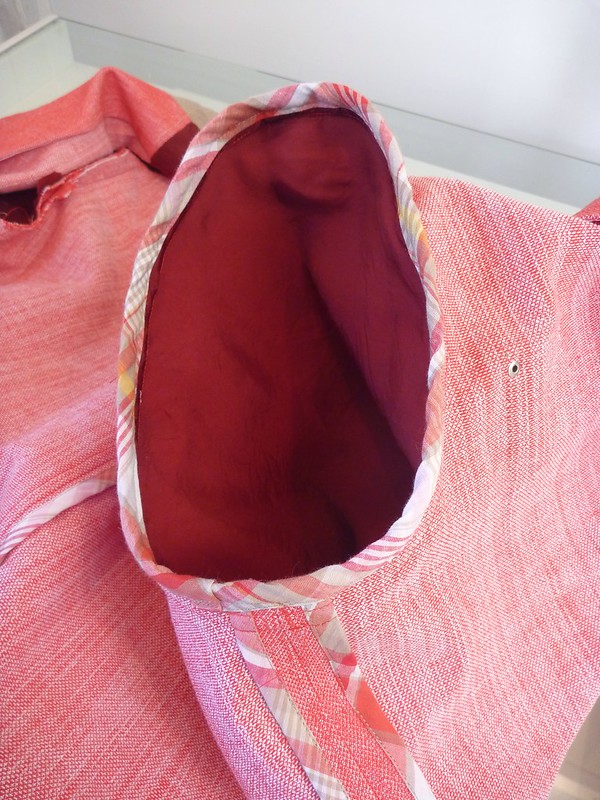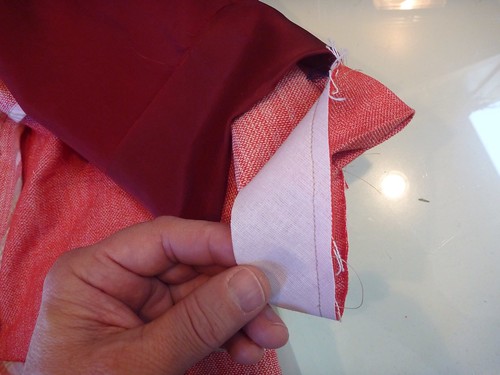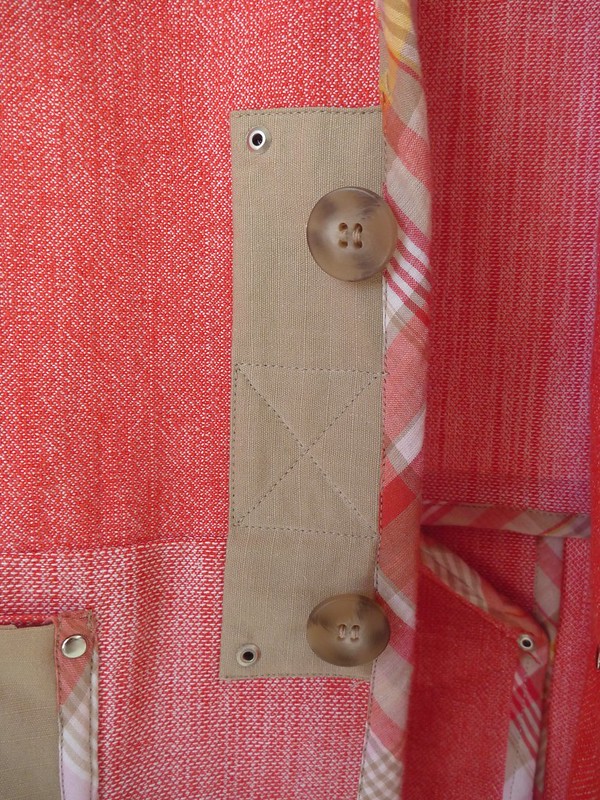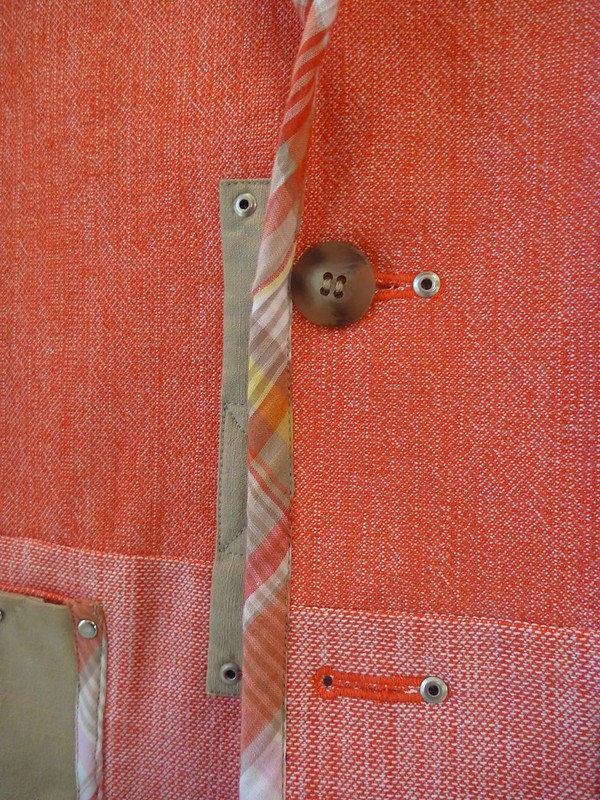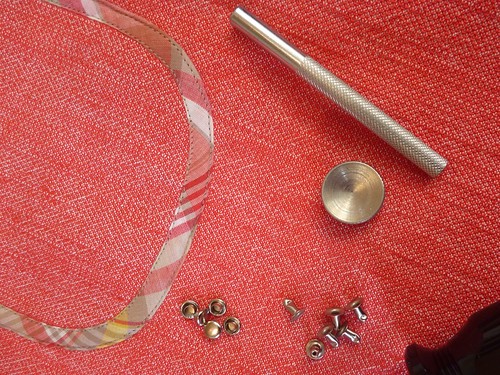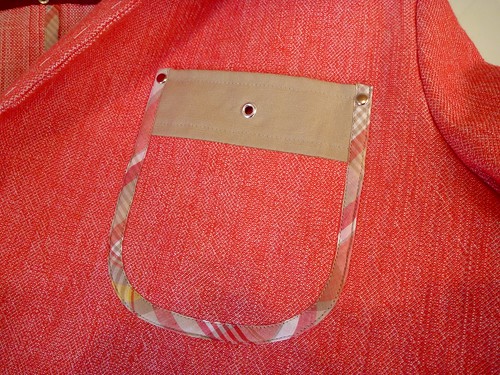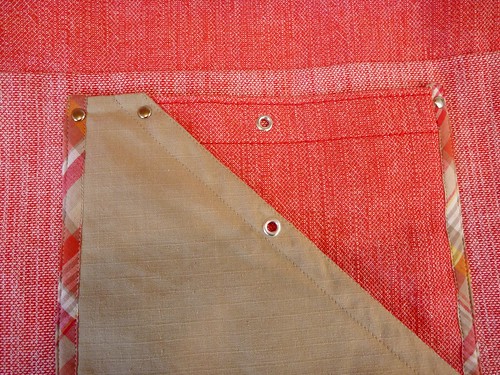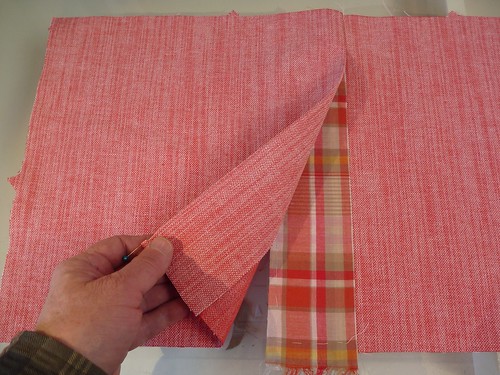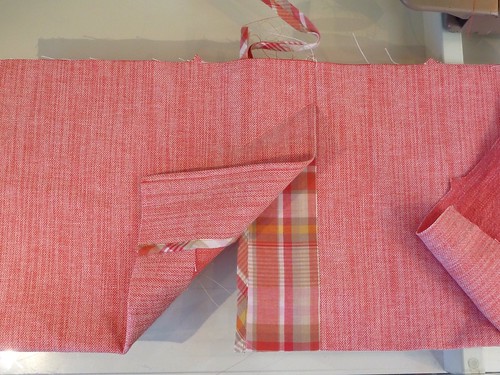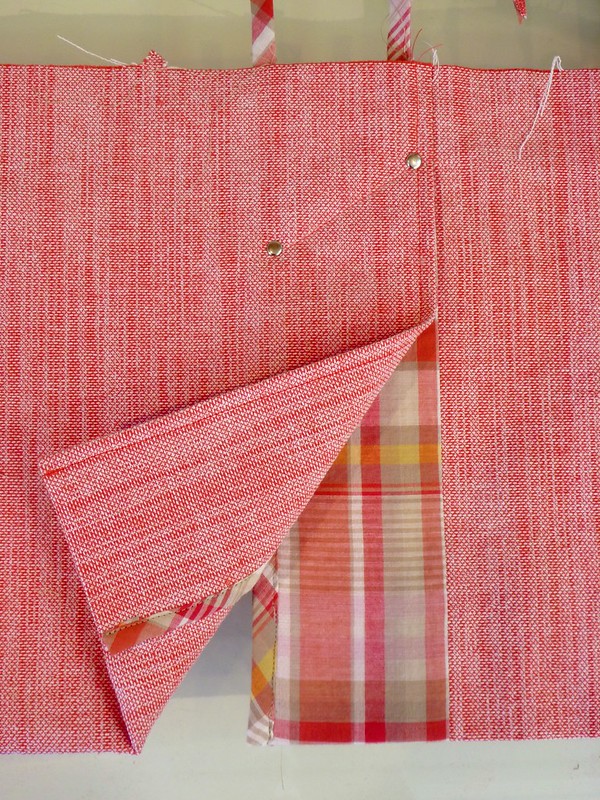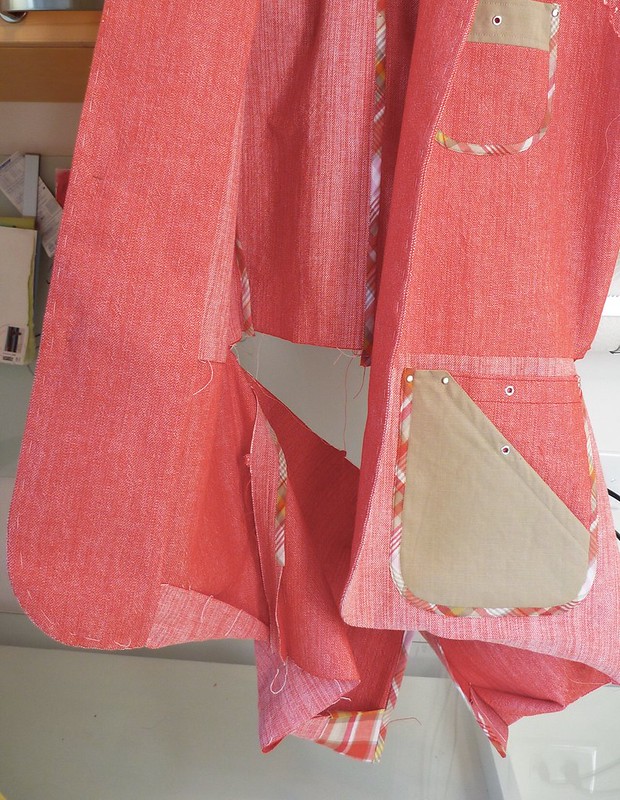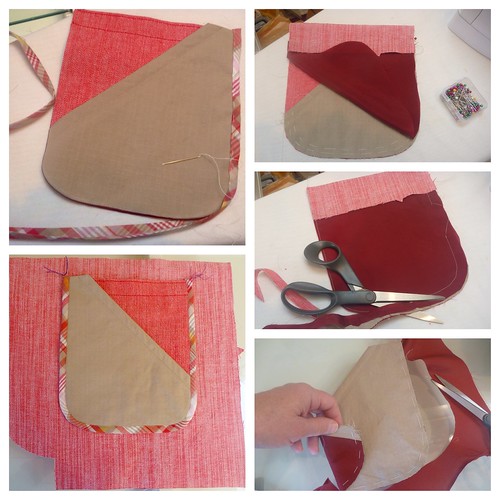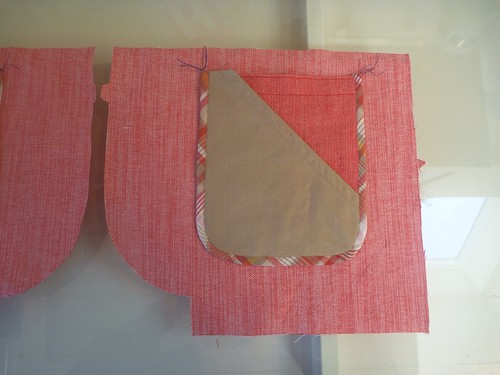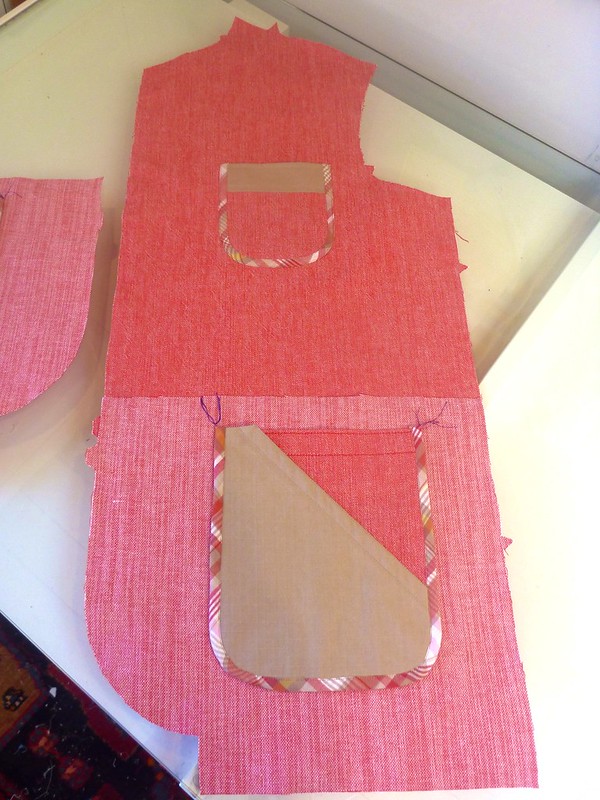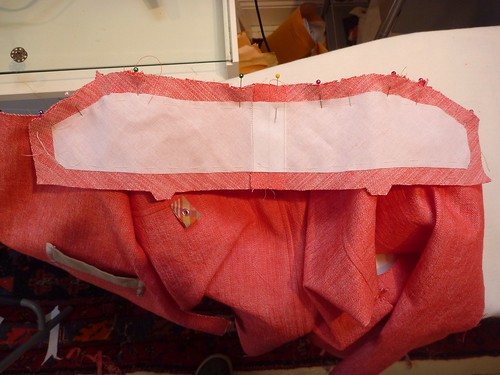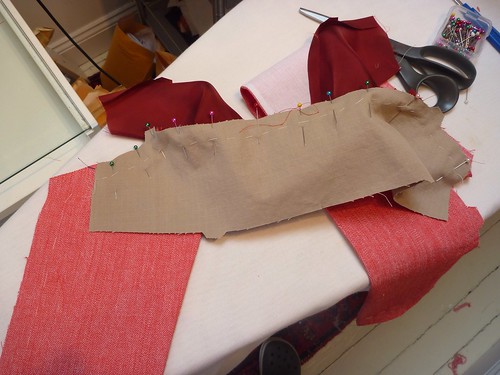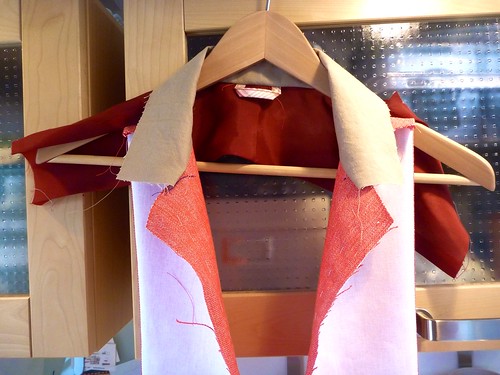We're all craving some warmer weather here in northern New England. 40 degrees would be heavenly! How twisted is that??? So to keep myself from going completely crazy I've been working on some summer clothes.
My latest is this cotton shirt.
The "short over long" look, done up in a very lightweight cotton border print. Cotton lawn? Voile? I really don't know the difference. What I do know is that, as much as I love the colors and design, this fabric is a little too sheer for me to feel comfortable wearing. Therefore, I've made a double layer shirt.
I'll leave wearing see-through shirts to these guys!
I wish I'd taken a picture of this fabric before I started cutting it up. It must have been about 60" wide with the pattern clustered in repeating triangle shapes along one edge. In my usual cheapskate ways I only bought 2 yards, which gave me a little less than three repeats of the pattern. Of course, at the time, I wasn't thinking about making a double layer shirt; so I thought that 2 yards would be more than enough for a short sleeved shirt. I had to get very creative with the cutting, which is another way of saying that it took forever to cut this shirt out!
No way to match this bad boy, so I opted for a pullover style with a placket front. This is just the sleeve placket from David Page Coffin's Shirtmaking book on steroids. It's a great example of one skill leading to the next. If you can make a sleeve placket, you can make a placket front shirt of your own design. I went with a simple band collar out of necessity. There just wasn't enough fabric for a collar; and even if there was I think I'd still go for the band.
I do like a left chest pocket on my shirts. This is actually a hack of Roberto Cabrera's back welt pocket for trousers. It makes for a neat french seamed pocket, sandwiched between the two layers of the shirt. Well worth the time spent making it, plus it's just fun to do.
A slit at the side seams of the inner shirt is made by extending the seam allowances an additional 5/8". The extensions are pressed back and edgestitched in place.
Fabric -- cotton border print $7/ yd. From one of those incredibly cramped fabric stores in NYC
Interfacing -- Light Crisp sew-in from Fashion Sewing Supply
Buttons - Genuine shell from Fashion Sewing Supply. (Ooops, sold out!)
Ridiculously inexpensive and FUN summer beach shirt. I can't wait to wear it!


